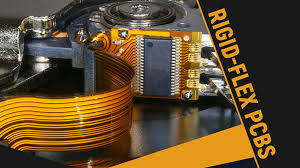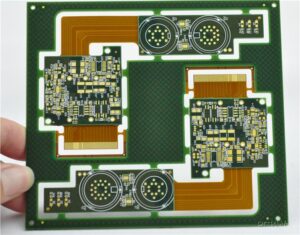Rigid flex sheets are expensive, but extremely versatile and can be tailored for applications in a wide range of industries. They are very suitable for military, aerospace and medical equipment, but can also be used for certain commercial products.
There are several situations that make rigid-flexible PCBs the best solution. In this case, these boards are not only worth the investment, but may be the most cost effective option. These include:
High-impact and high-vibration environments. Rigid and flexible boards are highly impact resistant and can survive in high stress environments that would otherwise cause equipment failure.
High precision applications where reliability is more important than cost considerations. If a cable or connector failure would be dangerous, a more durable rigid-flexible PCB is preferable.
High density applications: Some components lack the surface area needed for all the necessary connectors and cables. Rigid-flexible boards can save space to solve this problem.
Applications requiring multiple rigid boards. When components are crammed with more than four connector boards, replacing them with a single rigid-flex PCB may be the best option and more cost effective.
More broadly, rigid-flexible PCBs offer the following advantages:
Surviving high levels of shock and vibration
Survive hundreds of thousands of elastic cycles
Reducing package weight
Increase circuit density
Reduce necessary assembly operations
Rigidly flexible circuit assemblies are ideal for reducing and/or eliminating connectors and the labor, yield, transfer, and reliability issues inherent in the application. Any component that can benefit from these features can benefit from a rigid-flexible PCB.















